Heated coldframe plans or ideas
swanzeyguy
20 years ago
Featured Answer
Comments (20)
faithling
20 years agoBessboro
20 years agoRelated Professionals
Oconomowoc Landscape Architects & Landscape Designers · Goodyear Landscape Contractors · Hoffman Estates Landscape Contractors · La Mirada Landscape Contractors · Medford Landscape Contractors · New Cassel Landscape Contractors · North Canton Landscape Contractors · Peachtree City Landscape Contractors · Pleasant Hill Landscape Contractors · Selden Landscape Contractors · Allen Roofing & Gutters · Georgetown Roofing & Gutters · Miami Beach Roofing & Gutters · Pearland Swimming Pool Builders · Sunny Isles Beach Swimming Pool Buildersswanzeyguy
20 years agofaithling
20 years agoswanzeyguy
20 years agoyooperjon
20 years agomicropropagator
19 years agoswanzeyguy
19 years agoplantman532000
19 years agoamin
19 years agoswanzeyguy
19 years agoMillie_36
19 years agoswanz
19 years agoDon_NS
19 years agoswanz
19 years agomarkapp
19 years agobyron
19 years agoswanz
19 years agobluemill
19 years ago
Related Stories
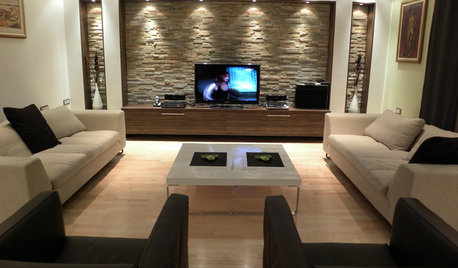
MORE ROOMSBeat the Heat: Escape to the Basement
When It's Too Hot or Rainy, Bring the Party Downstairs
Full Story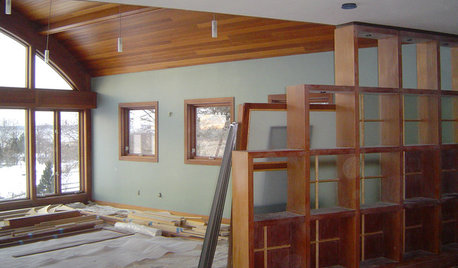
REMODELING GUIDESHouzz News: Remodeling Heats Up
With the U.S. economy showing signs of recovery, homeowners invest in quality, livability and "a place to make their own"
Full Story
FLOORSFloors Warm Up to Radiant Heat
Toasty toes and money saved are just two benefits of radiant heat under your concrete, wood or tile floors
Full Story
GREAT HOME PROJECTSHow to Add a Radiant Heat System
Enjoy comfy, consistent temperatures and maybe even energy savings with hydronic heating and cooling
Full Story
GREEN BUILDINGInsulation Basics: Heat, R-Value and the Building Envelope
Learn how heat moves through a home and the materials that can stop it, to make sure your insulation is as effective as you think
Full Story
FLOORSIs Radiant Heating or Cooling Right for You?
Questions to ask before you go for one of these temperature systems in your floors or walls (yes, walls)
Full Story
FLOORSWhat to Ask When Considering Heated Floors
These questions can help you decide if radiant floor heating is right for you — and what your options are
Full Story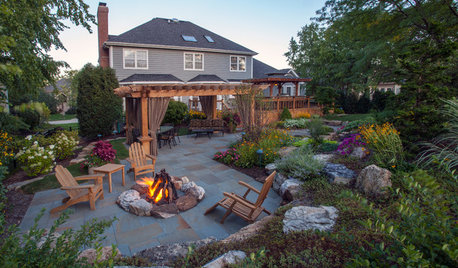
GARDENING AND LANDSCAPING3 Ways to Bring the Heat to Outdoor Living Spaces
Here’s what to know about surviving winter’s bite with an outdoor fireplace, fire pit or heat lamp
Full Story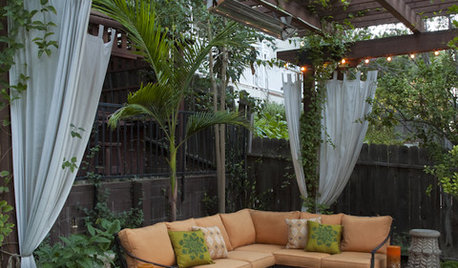
GARDENING AND LANDSCAPINGChill Out: 10 Cool Ways to Beat the Heat Outdoors
Step away from the A/C's artificial blast — and treat yourself to these more natural cool-down methods in the great outdoors
Full Story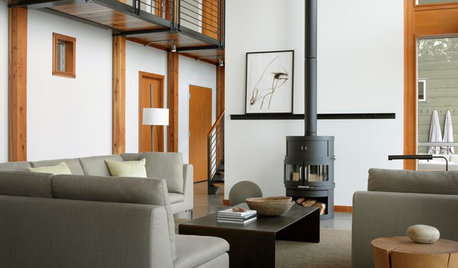
REMODELING GUIDESClean-Burning Woodstoves Ignite a Greener Heating Trend
No need to rely on oil or gas to heat your home — new woodstove designs burn cleanly and are beautiful to boot
Full StorySponsored
Your Custom Bath Designers & Remodelers in Columbus I 10X Best Houzz






plantman532000